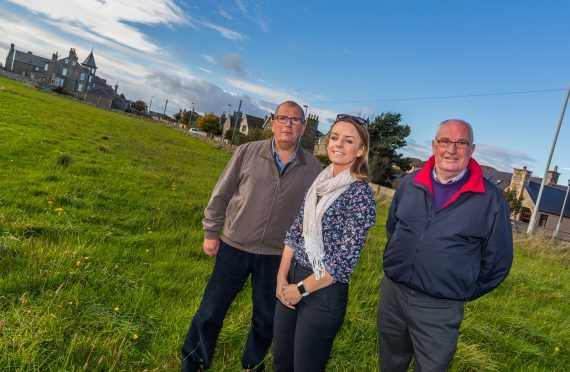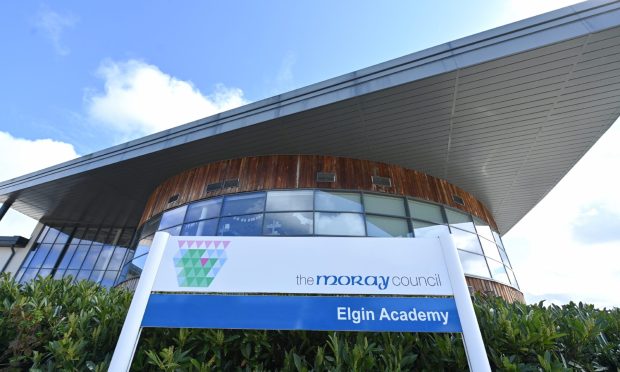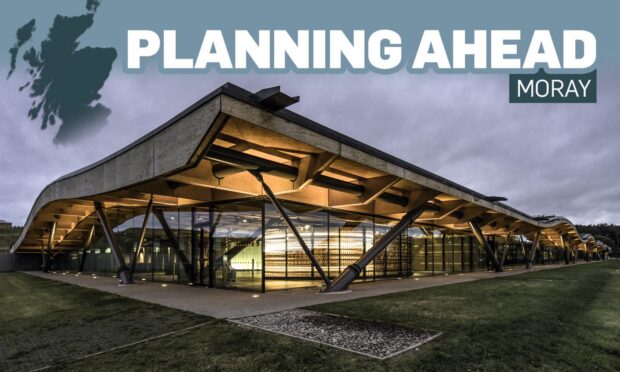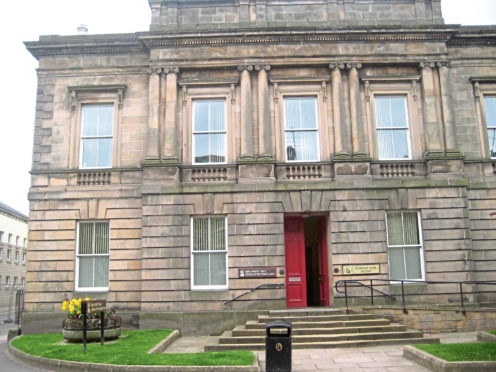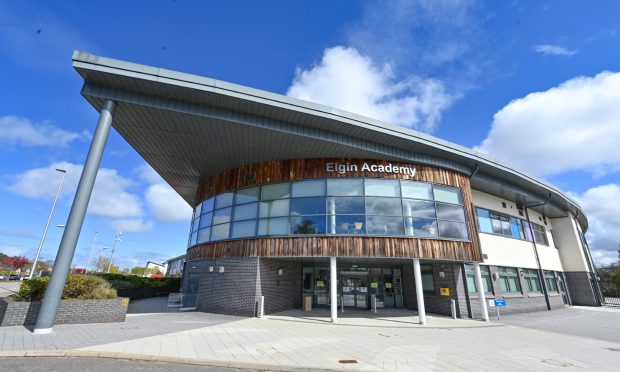Residents in a Moray village were cautiously celebrating last night after a controversial housing project was rejected.
Locals in Hopeman had worried the divisive proposals could have “opened the flood gates” to countless other developments.
But yesterday, councillors unanimously agreed to reject Springfield Properties’ plans for 22 affordable homes on the south of Forsyth Street.
The project had attracted an overwhelming 254 objections while only four people lodged their backing for the scheme.
Despite the decision of Moray Council’s planning committee, locals last night vowed to keep a “watchful eye” for amended plans or appeals.
Dave Ball, chairman of Hopeman Community Association, said: “Our opinion was that it was just overkill.
“Land has been set aside to the west of the village for housing so more houses to the south certainly weren’t required.
“I’m relieved for everybody who objected. There was a strong view that although 22 houses looks a reasonable small development it really could have opened the flood gates for far greater developments on the south side of Hopeman.”
Housing proposals for that side of the village were first mooted by Springfield in 2005 as part of a long-term vision to build 700 houses.
At the time, residents fought the plans that were eventually thrown out by a Scottish Government reporter.
Moray Council planner Gary Templeton confirmed a developer is expecting to start work on homes in the west of Hopeman in 2019.
Local resident Dennis Slater, a former member of the council’s planning committee, said: “This is just the first step, the residents will keep a watchful eye to see if any other plans to the south come forward.
“There’s nothing to stop Springfield appealing the decision or a separate company to come forward with their own plans.”
Carmen Gillies, whose home borders the proposed site, helped form a group called “Hopeman Planning Watch” after the initial proposals were submitted.
She said: “We held public meetings about this. There was a very strong feeling but some residents were also in favour of it.”
During yesterday’s meeting council planners explained the homes had been proposed outside the current village boundary and as a result were treated as a “countryside” development.
A report described the buildings as inappropriate for the setting.
Committee chairman Walter Wilson said: “It was agreed that this proposal is not fit for Hopeman. The applicants were looking to build on land which isn’t allocated for development.”
Last night, a spokesman for Springfield confirmed they intended to appeal the decision.
He said: “We’re sorry to those people on the housing waiting list in Hopeman who are now going to be forced to wait longer. They may even need to relocate to get housing through the council.
“Affordable homes haven’t been built in Hopeman for at least 40 years. Moray Council has identified a need for 20 homes in the area. Our proposals would almost completely resolve the affordable housing shortage in the village.”
